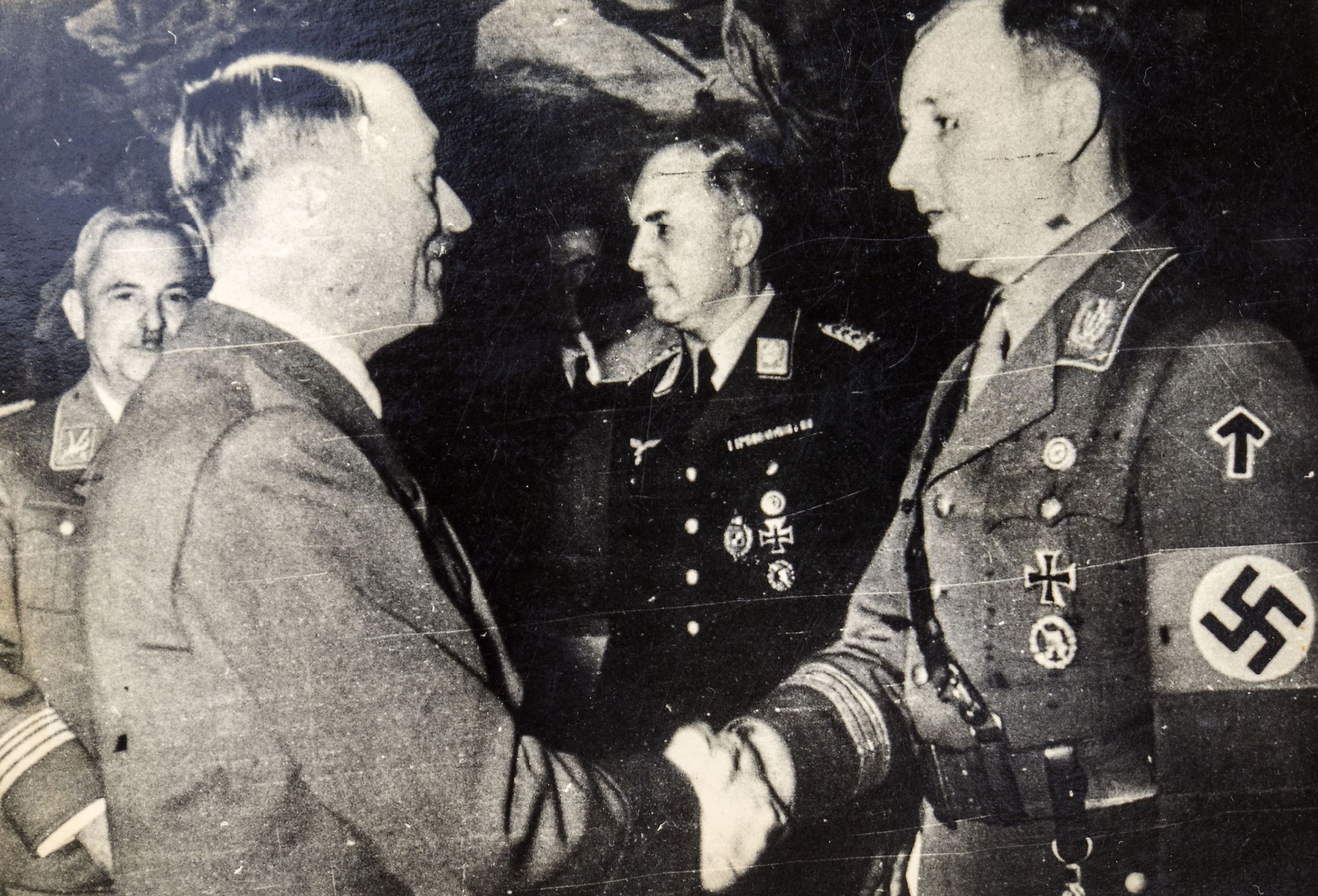
Night of the Long Knives
Adolf Hitler became chancellor of Germany on January 30th, 1933. After taking office, he began consolidating power and coordinating Germany in accordance with Nazism. This process, known as Gleichschaltung, occurred throughout the entirety of the Third Reich's existence but was most actively pursued from 1933 to 1934. One of the most notable events during this period was the Night of the Long Knives, a purge of Hitler's political rivals.
Early Days of Coordination
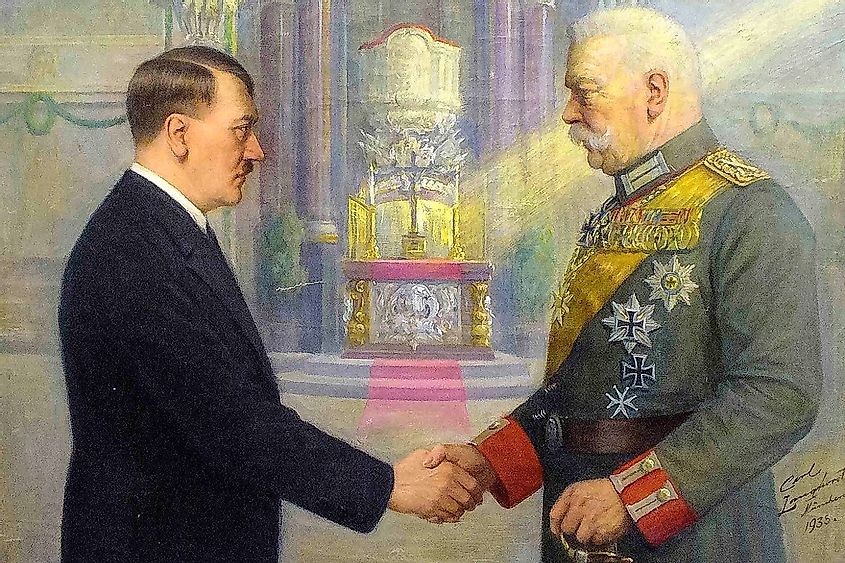
Coordination began immediately after the Nazi's rise to power. The day Hitler was named chancellor, he ordered a torchlight parade through central Berlin. Several primary accounts indicate that this display spoke to many impressionable Germans, demonstrating that they were beginning to fall in line with the new regime. A more political act of coordination then occurred following the February 27th Reichstag fire. Blaming the arson on an imminent communist threat, Hitler passed the Reichstag Fire Decree, a law that suspended all civil liberties.
March 21st saw another attempt to convert Germans to Nazism in the form of the Potsdam Day ceremony. Signifying the reopening of the Reichstag, this event allowed Hitler to supposedly show his respect for Germany's history and institutions, famously bowing before President Paul von Hindenburg outside the Garrison Church and speaking of the "marriage between the symbols of the old glory and young strength." Only two days later, Hitler passed the Enabling Act, allowing him to make laws without the approval of the parliament or president.
A similar whiplash-inducing series of events took place at the beginning of May. On May 1st, the National Day of Labor, massive celebrations occurred across the country to demonstrate the Nazis' alleged solidarity with German workers. However, the next day, the Nazis occupied Germany's trade unions. By May 10th, they were all organized under the Nazi-run German Labor Front. In short, three months into Hitler's reign, he had already taken significant measures to consolidate his power and coordinate Germany. Nonetheless, there were still a few more crucial steps in this process.
The Sturmabteilung (SA)
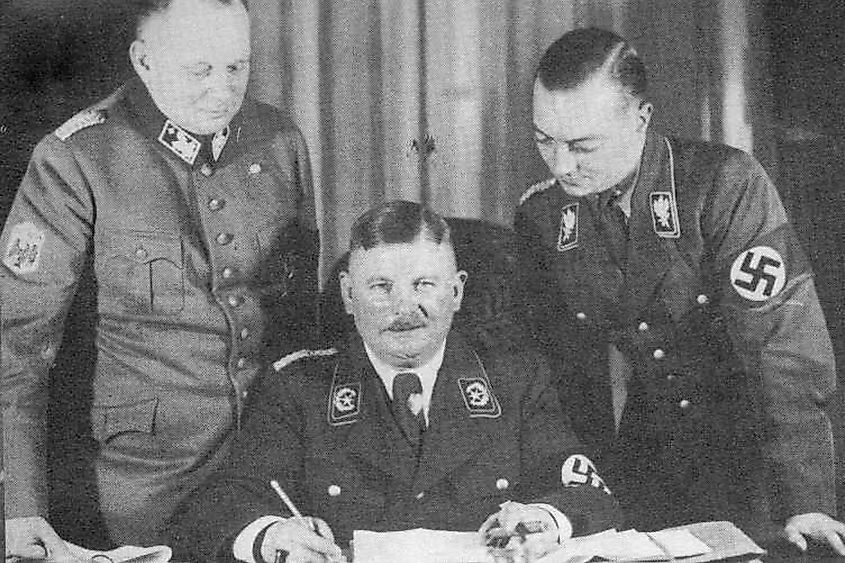
The Sturmabteilung (SA) emerged in the early 1920s as the paramilitary wing of the Nazi Party. Led by Ernst Röhm, they played a crucial role in destabilizing the Weimar Republic by battling on the streets with the Communists. After the onset of the Great Depression, the SA saw its membership dramatically increase, with many angry, disillusioned, and unemployed men seeking meaning. This gave the paramilitary a distinctly working-class characteristic. Röhm in particular took seriously the "socialist" part of National Socialism and anticipated that Hitler would enact some socialist reforms if he rose to power. However, when this did not occur, a rift emerged between Hitler and Röhm. Furthermore, with many other SA men sharing Röhm's vision of a socialist revolution, he started to pose a threat to Hitler's grip on power.
The Night of the Long Knives
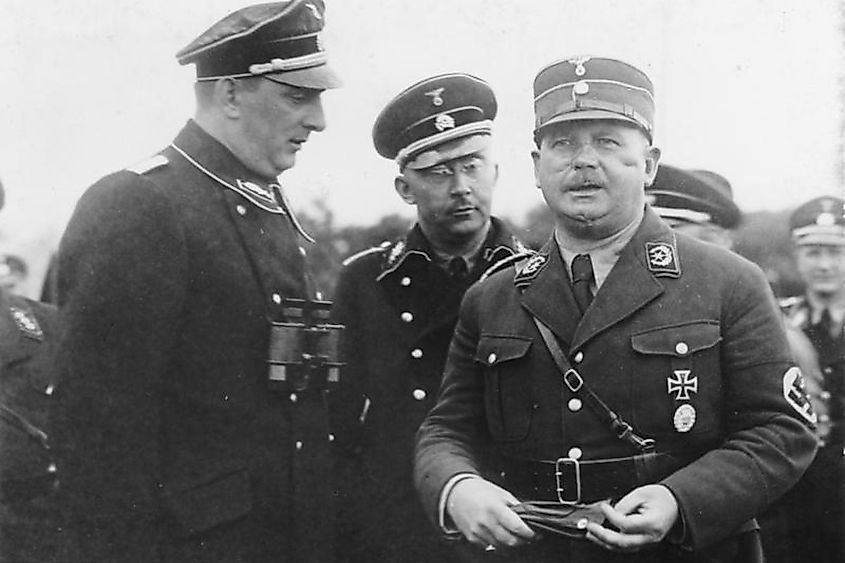
Hitler's solution to this problem was to purge the SA. On June 30th, 1934, Hitler and propaganda minister Joseph Goebbels flew to Munich. Within hours of arriving, members of the Gestapo (Nazi Germany's secret police) stormed into the bedrooms of the SA's leadership, arresting them on the spot and killing many later that day. Röhm himself was briefly held in prison before being executed on July 1st. Non-Nazi conservative elites were also eliminated, perhaps the most notable of whom was Kurt von Schleicher.
In the end, about 100 of Hitler's political rivals were murdered in late June and early July 1934. This event became known as the Night of the Long Knives.
Hitler Completes His Consolidation of Power
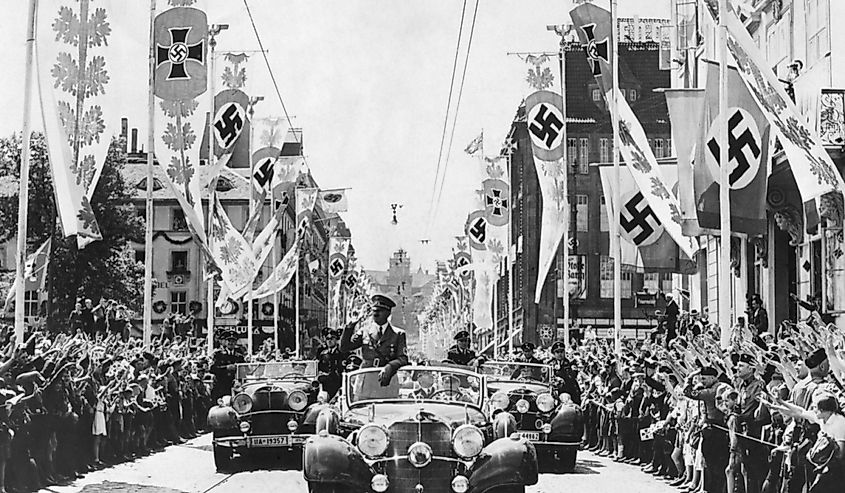
On July 3rd, Hitler had to explain his actions to his cabinet. He did so by claiming, with no evidence, that the SA was plotting a coup against him. The chancellor also cited Röhm's alleged homosexuality as a reason for the purge. These proclamations were successful, and Hitler managed to get President Hindenburg’s approval for a law that retrospectively justified the murders. Two weeks after the cabinet meeting, Hitler addressed the Reichstag, providing similar justifications as before and claiming that he had prevented a civil war.
With Hitler's main rivals now eliminated, the only possible check on his power was Hindenburg himself. This would soon no longer be an issue, however, since Hindenburg died on August 2nd, 1934. Immediately afterward, Hitler named himself both Reich Chancellor and Führer. His consolidation of power was now more or less complete.
The Night of the Long Knives was a crucial event in the coordination of German society. It saw the elimination of Hitler's key political rivals. Furthermore, it helped pave the way for the complete consolidation of his political authority. Therefore, it is important to understand this purge to fully comprehend how Hitler secured his grip on power.











